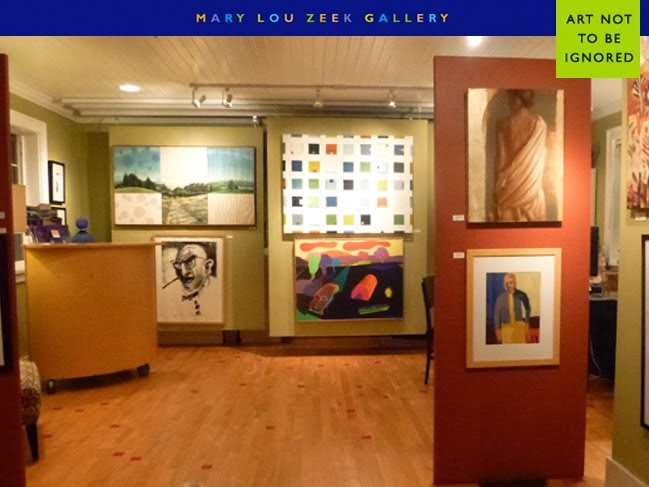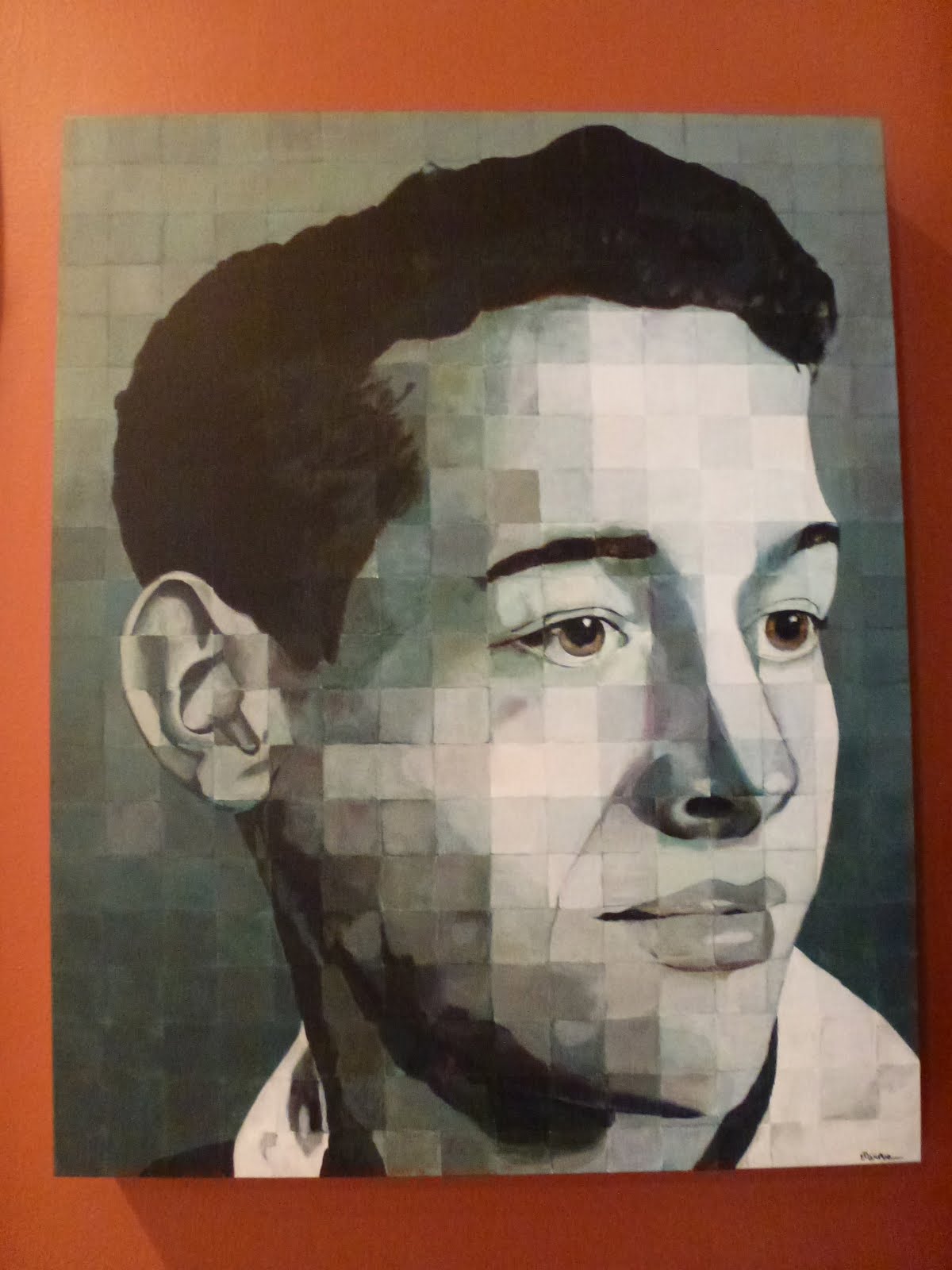Tracy MacEwan, a local artist with an interest in photography, painting, performance, instillation, and collage, is showing his most current work of oil and wax on canvas within The Mary Lou Zeek Gallery in The Alphabet Effect through the month of September. Gallery patrons have had the opportunity to become familiar with his work and final product, but what about the development of his pieces? How does he begin an artwork and what are his thoughts throughout the process?
“You begin with the possibilities of the materials,” Robert Rauschenberg said, a renowned multi-media pop artist, and one of MacEwan’s inspirations. MacEwan works instinctively, allowing his subconscious and materials to become active participants in creating his work. “My struggle is to simply let go of the limitations I place on myself and trust my intuitive response,” he stated.
Tracy MacEwan is an artist who enjoys experimenting and playing. He refers often to the abstract expressionists of the 1950’s, particularly those from the bay area. The works from this time have pushed MacEwan into letting go of boundaries within the medium, and to have confidence in the power of the subliminal mind in combination with conscious thought. “It becomes a performance at the easel,” he said.
MacEwan’s most current projects evolve through scraping and revealing layers. His panels and canvases, gripped with oil and wax, allow a history to develop. Each piece has several layers, varying in transparency and bold color. He prepares his surfaces often with acrylic and marble dust, giving them a rustic and rough foundation. MacEwan provides a sense of archeology within his paintings as he leaves remnants of material, allowing for an examination, or study, by the viewer. His pieces reveal stories that must be deciphered though piecing together the elements that he has provided.
Tracy MacEwan will continue to expand his work as he creates his own visual language. “Optimistically, I want my art to encourage an open-minded response,” he stated. “And while I hope it possible to inspire deeper though and contemplation, I’m also a big fan of being playful.” His work raises questions, creates open dialogue, and provides a new look into the history of the self, and of the medium.
by MiKayla Gattuccio
Nomad, now with light
4 weeks ago















